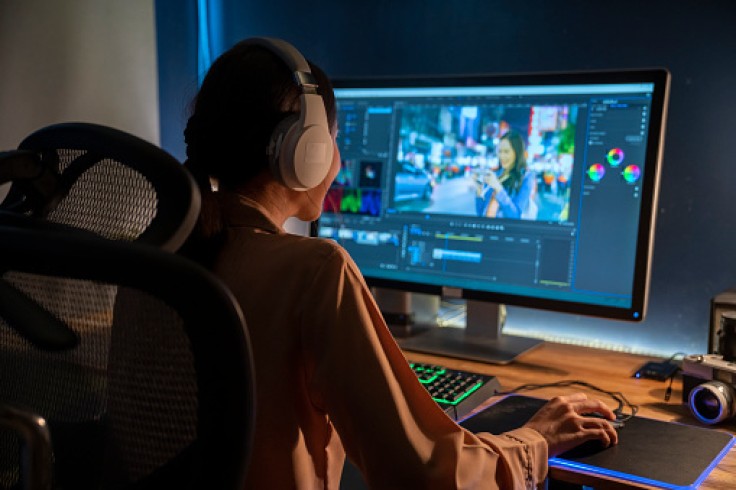When you plan on purchasing a monitor, you need to consider a lot of factors to make sure that it's the best option for you. If you choose wrong, you might not be able to return it, and you'll be stuck with a mediocre computer experience. Here's what you need to look into.

1. Budget
The amount you can spend affects the kind of quality you'll get from monitors, of course. Other markets tend to produce good products even if they're cheap, but that's not the case for monitors most of the time.
Monitors can cost you between $200 to more than $600 if you want decent to good quality devices. If you're going to use it a lot, it's best to invest in a good monitor by adding just a bit more to your allotted budget.
2. Size
You'll notice that online listings of monitors often mention the size in the title itself. That's because people tend to require a lot of screen space in certain tasks. Many experiences are better when you have a bigger screen, which is why TVs are getting bigger than ever.
Some monitors are big enough in length that you won't need to set up a second monitor, say for gaming. It eliminates the process of connecting both screens, as well as the complications that may come with it. You'll also see characters better, especially if you have more than one window open at a time.
3. Display Quality
The display quality of the monitor can matter a lot depending on what you'll use it for. If you need it for productivity apps like spreadsheets and documents, you may not need to buy one that can support a 4K display.
However, if you intend to use your computer for gaming or watching movies and shows, you should look into models that can support a higher resolution for a sharper display. That brings us to the next factor to look into.
4. Input
The three most used inputs in the recent releases are HDMI, USB-C, and DisplayPort. These will be important factors depending on the kind of display quality you're looking for. For example, DisplayPort can support 3840 x 2160 display quality. HDMI is also a good choice regarding availability with replacements since they're easy to come by.
5. Refresh Rate
The refresh rate of your monitor determines how many times per second it can update the image on your screen. The faster it is, the smoother the video display will be. You'll be able to determine that by looking for the Hertz (Hz). Some can go as low as 60Hz, while others can go as high as 500Hz.
6. Sound
Some monitors already come with their own speakers. These are the ones that use HDMI as the video input since the cable is also capable of carrying sound. If you choose to purchase a monitor without sound, you'll need to purchase speakers or headphones as well to be able to hear the sound output.
7. Curvature
Most monitors in the market are flat, but a lot of companies are also selling curved monitors. If you plan on using your PC for games, especially first-person shooter games, you might benefit from a bit of curvature.
This allows you to have a better perception of the entire screen without having to turn your head much. There are various levels of curvature, such as 1000R, 1800R, 3000R, and 4000R. The lower the number, the more curved the monitor will be.









